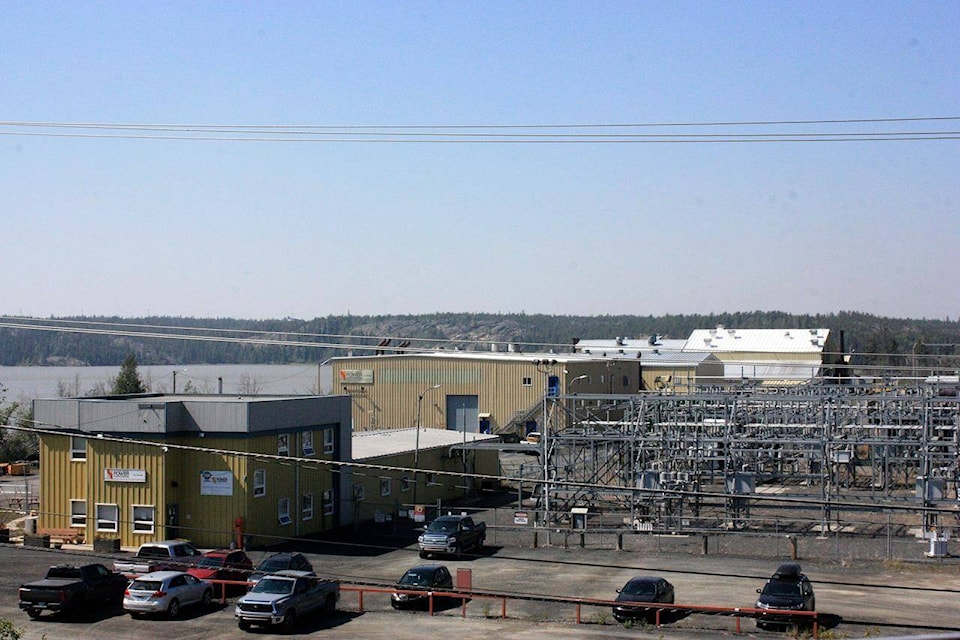It’s business as usual for the NWT Power Corporation (NTPC), despite lower-water levels at the Snare Water Basin resulting in both diesel generators at the Jackfish Power Plant running on a 24-hour-a-day basis.
Doug Prendergast, manager of communications for NTPC, said the two diesel generators at the Jackfish Power Plant being able to go 24/7 with no rate hikes to consumers is tied directly to the financial contribution that the GNWT made this past month.
He said the turbines have been going since the low water emerged in the Snare system towards the end of the summer of 2022.
“We’ve needed to rely on a greater amount of diesel generation to power Yellowknife and (the) surrounding area,” said Prendergast. “And that, really, began around late summer, early fall of 2022. We’re always looking to find ways to maximize hydro generation with the current alignment of generation in the Snare zone.
“Diesel generation is the sole backup power source. So we’re using as much hydro as we can, and that is being supported by diesel generation.”
Prendergast said the current situation is nothing new and that the low-water event occurs approximately once every eight to 10 years.
“We have sufficient generation capacity to meet the power needs of customers in the Snare zone,” he said. “And, the GNWT made a one-time contribution of $15.2 million to help cover the increased cost of diesel, as well as the increased volume of diesel that is being consumed.”
Prendergast said, obviously, the low water in the Snare system is problematic.
He said it does have an impact on the cost for NTPC to deliver electricity, but, in terms of any impact on customer bills at this point, the government’s contribution will ensure that rates stay the same.
“We are hopeful that normal water levels will return,” he said. “The lower levels are, basically, a matter of naturally occurring conditions — whether it be lower than normal snowfall over the winter or less rain. And the Snare Water Basin is what we rely on for our hydro generation.
“The water in the river is naturally lower.”
Prendergast said it would not be appropriate to speculate on any impact climate change may be having on the situation.
He said while there are lots of things happening out there that might incline one to point to climate change, the current situation is not a new phenomenon.
“This is a situation that has gone on for a number of decades, in terms of this very specific issue of low water in the Snare system,” he said. “There is no fear of not enough power being generated, in terms of there not being sufficient power to meet community demand. That is not a concern.
“The intent and the desire is to produce as much power from hydro as possible because it is, obviously, cheaper.
“But we rely on, sort of, the naturally occurring water levels that will help determine how much hydro we can generate.”
